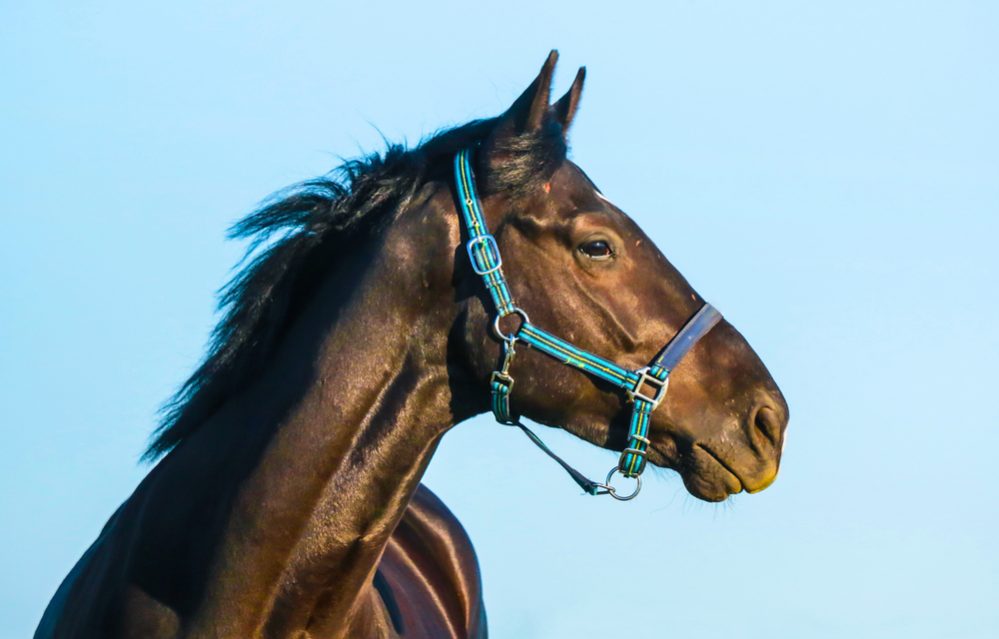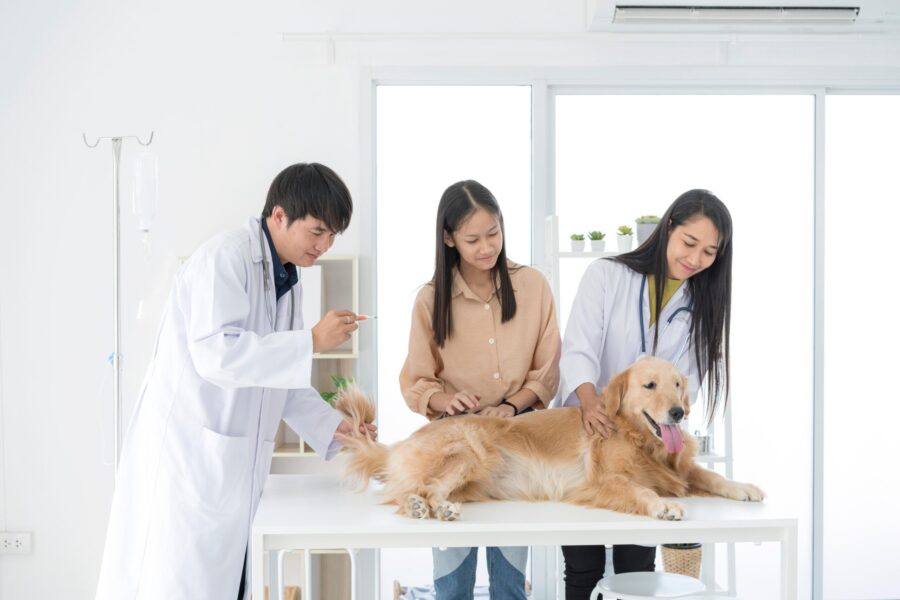Equine ophthalmology is a highly specialized field in veterinary medicine, requiring expert knowledge and experience. Accurate and timely diagnosis of ocular conditions is crucial, particularly in emergency cases such as uveitis. In recent years, advancements in artificial intelligence (AI) have paved the way for innovative tools that can assist veterinarians in diagnosing equine ophthalmic diseases. In this blog post, we will explore a study that compares the diagnostic performance of veterinarians with a deep learning software tool specifically designed for equine ophthalmology. The study was conducted by a team led by Professor Anna May from the LMU Equine Clinic
AI tool tested with photographic dataset
The study employed an in silico approach, utilizing a deep learning tool trained to classify equine ophthalmic diseases. The tool was tested with a dataset of 40 photographs displaying various equine ocular conditions. Simultaneously, 148 veterinarians, including equine, small animal, mixed practice, and others, were presented with the same dataset. An opinion poll was conducted to compare the diagnostic results obtained by veterinarians versus the AI tool, thereby evaluating the tool’s performance.
Training the AI tool
Convolutional Neural Networks (CNN) were employed to train the deep learning tool. A total of 2,346 photographs of equine eyes were used for training, and were further augmented to yield 9,384 images. Subsequently, 261 unmodified images were employed to evaluate the trained network. The AI tool was then tested on a set of 40 equine eye photographs, comprising ten healthy eyes, 12 cases of uveitis, and 18 other ocular diseases. The diagnostic performance of the veterinarians in the study was assessed through the opinion poll, comparing their results to those of the AI tool.
AI has potential as a valuable diagnostic aid
The study yielded promising results, highlighting the potential of the deep learning tool in equine ophthalmology diagnostics. The AI program demonstrated an impressive 93% probability for correct diagnoses, showcasing its high accuracy. Equine veterinarians achieved a 76% correct diagnosis rate, while other veterinarians reached a 67% probability. These findings indicate that the AI tool performs at least as well as veterinarians in assessing ophthalmic diseases from equine photographs.
Evaluating the inner eye
It is important to note that this study was based solely on external images of equine eyes, without the ability to assess the inner eye. While the AI tool showcased remarkable performance in image-based diagnoses, its scope is limited to external manifestations. Therefore, it is crucial for veterinarians to employ comprehensive diagnostic approaches that encompass both external and internal examinations. Its not meant to replace veterinarians, but can help them reach the correct diagnosis, notes Professor May. It is particularly valuable for less experienced professionals or for horse owners in regions where vets are few and far between.
 Prof.Dr. Anna May
Prof.Dr. Anna May
The deep learning tool developed in this study has demonstrated its potential to aid veterinarians in accurately diagnosing equine ophthalmic diseases. By providing an additional diagnostic resource, this software tool can contribute to the detection of emergency cases, potentially preventing blindness in horses through timely and precise treatment. Moreover, the tool can act as a valuable support system for less experienced veterinarians, assisting them in distinguishing uveitis from other ocular anterior segment diseases, and facilitating informed decision-making regarding treatment.
As the field of AI continues to evolve, it is crucial for veterinarians to embrace these technological advancements. By integrating AI tools into their practices, veterinarians can enhance their diagnostic capabilities, improve patient outcomes, and provide more effective care for equines with ophthalmic conditions.







